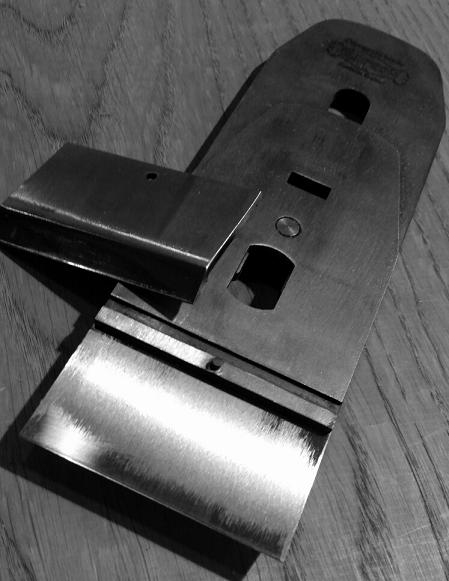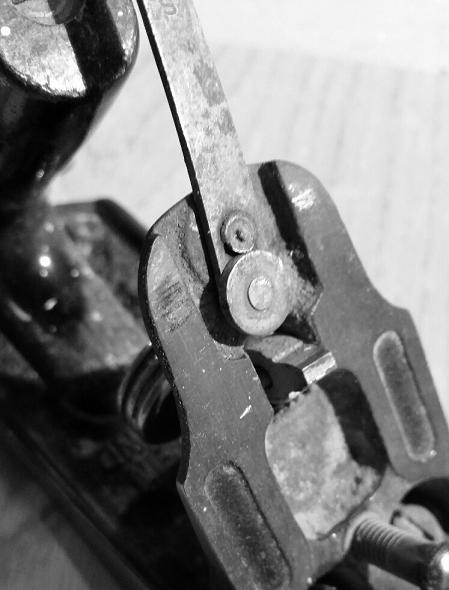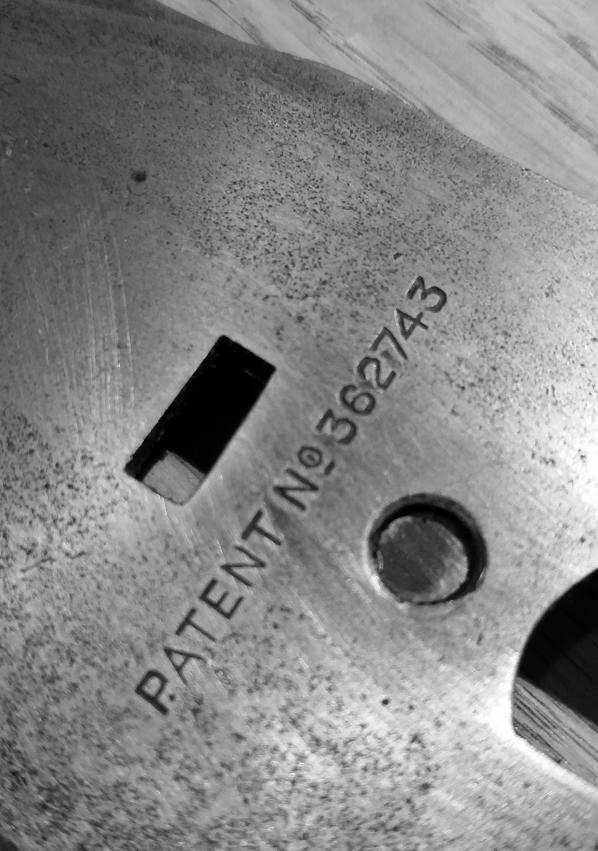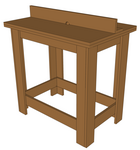We may receive a commission when you use our affiliate links. However, this does not impact our recommendations.
The two-piece cap iron a unique design and for some it’s a royal PITA; for others it’s a useful addition to a well-tuned bench plane. These days you’ll find them on the Clifton (above) range of planes but before that they were an option provided by Record on the company’s bench planes from the late 1930s until they were dropped in the 1960s.
So what was does this option offer? Record marketed the concept (and patented it, see the final image) within a range of planes referred to as “Stay-Set.” A catchy name perhaps, but unless you have some prior knowledge or read the sales hype, you might be forgiven for thinking that the Stay-Set somehow retains your plane’s setting when you remove the iron for honing and then reinsert it.
That it does not do, nor was it marketed to do so. What it did and does is retain your cap-iron setting after honing. Another feature is that because the cap iron is not sprung, it applies no bending forces to the plane iron. Again, no big thing, but to demonstrate what happens with a conventional cap iron, take a look at the frog on this Stanley No. 4 (below) that has been in used almost every day for 45 years. You’ll notice that the top of the frog is worn and shiny where the deflected plane iron moves across the surface during lateral adjustment.
The two-piece cap iron means more of the plane iron gets support on the frog preventing this wear and creating a really stable platform. But in the real world, if a plane in use over 45 years sees only this amount of wear, perhaps it’s not something to worry about too much.
The original two-piece concept also suggested time-saving during honing, because you wouldn’t need to have a screwdriver on hand to remove the cap iron. Again in the real world, it does not amount to enough time to grab an extra vacation at the end of the year.
So why did this design never really catch on and become copied by others? If you’ve been used to one-piece cap irons it can take a moment to get used to the fact the front of it is loose, and you might find yourself picking it off the floor a couple of times. If you’re a busy woodworker not blessed with a permanent bench, or find yourself on the job site, I think the front of the cap iron could also find itself lost all too readily. Old two-piece cap irons with the nose missing are not unusual to find on eBay. So in the real world it’s not a quantum leap, nor should it be viewed as an essential feature or silver bullet.
That said I like it. I like the way it holds the plane iron flat, I like the way I can hone very quickly without losing my cap-iron setting, and I got used to it quickly enough and have no issue setting it. But then again, I like Marmite.
— Graham Haydon
Here are some supplies and tools we find essential in our everyday work around the shop. We may receive a commission from sales referred by our links; however, we have carefully selected these products for their usefulness and quality.













Hi Graham, are you in the UK or US? I can’t work out if you are part of G S Haydon & Son Ltd, or a different fellow altogether. Just curious, Cheers!
Hi Graham. Good post on the two piece design. I saw this on Clifton planes a few years ago but didn’t think it would fit in with the way I sharpen up my plane irons. I always give the flat face a quick lick on a 1200grit diamond stone before stropping, so taking off the cap iron is just part of what I do. Anyway, you’re dead right – no one’s ever going to be able to take a longer vacation on the time saved by this fairly ingenious deign feature! Ha Ha! Really nice B&W photos, by the way. Simon